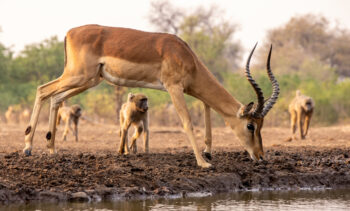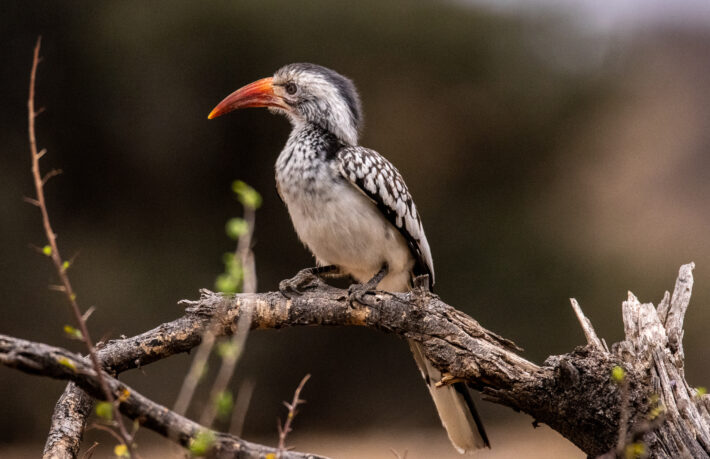
Southern Red-billed Hornbill
While Africa is best know for its iconic animals (lions, elephants, etc), it is also one of the best birding spots around. It has small birds such as this Blue Waxbill
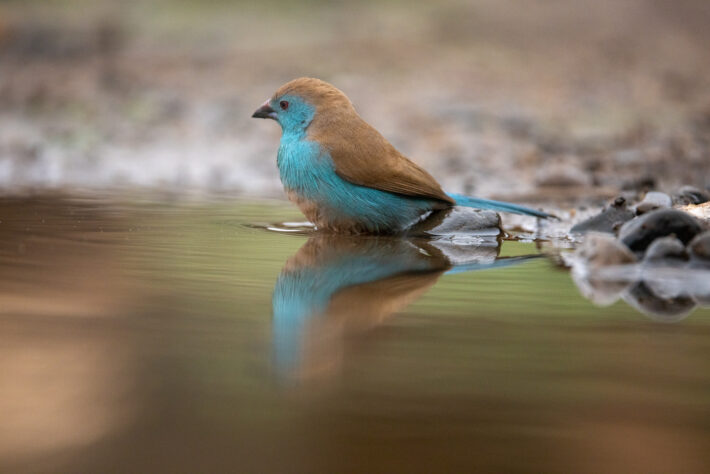 large birds both pretty (Grey Crowned Crane) and ugly (Marabou Stork)
large birds both pretty (Grey Crowned Crane) and ugly (Marabou Stork)
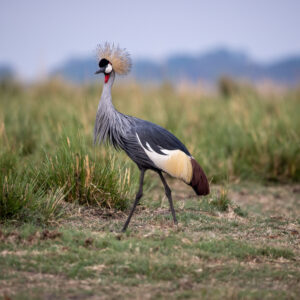
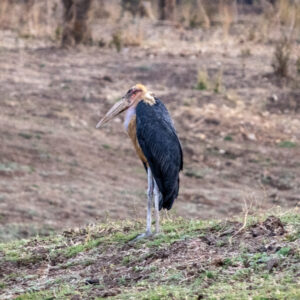
and it has its share of eagles (not bald eagles but fish eagles)
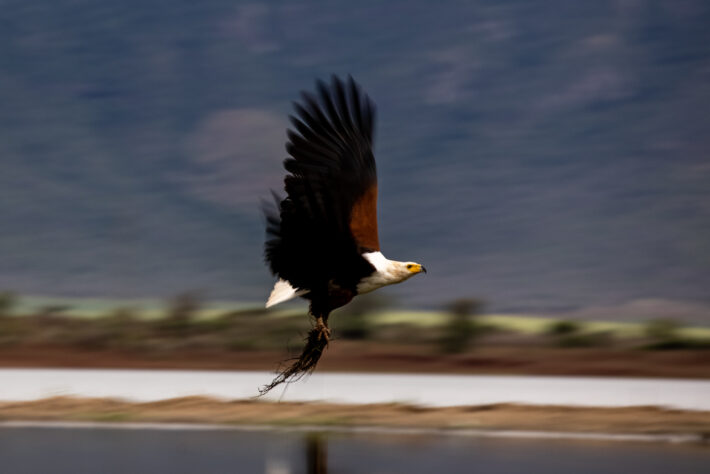 We started our trip by visiting one of the largest Southern Carmine Bee-eater colonies in Africa. These are one of the most colorful birds around.
We started our trip by visiting one of the largest Southern Carmine Bee-eater colonies in Africa. These are one of the most colorful birds around.
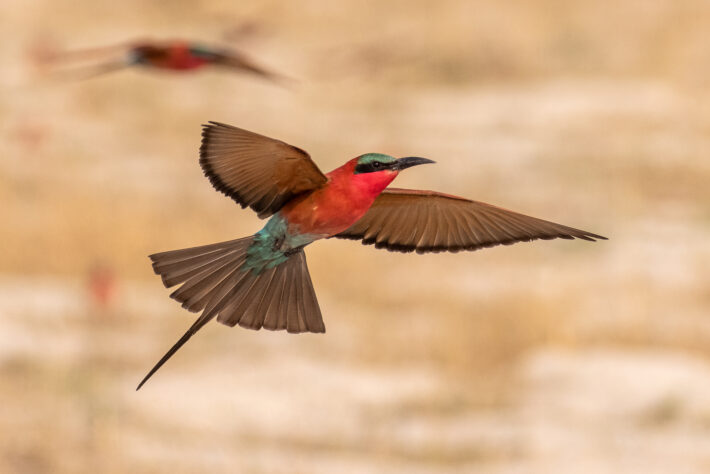
In addition to eating their name sakes (bees) , the Carmine bee-eaters will eat almost any insect they can catch
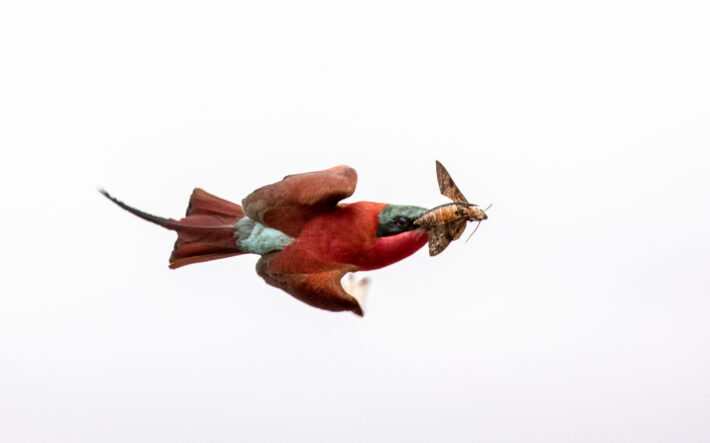
It was spring in the Southern Hemisphere, and so territorial disputes over nesting sites and females were common
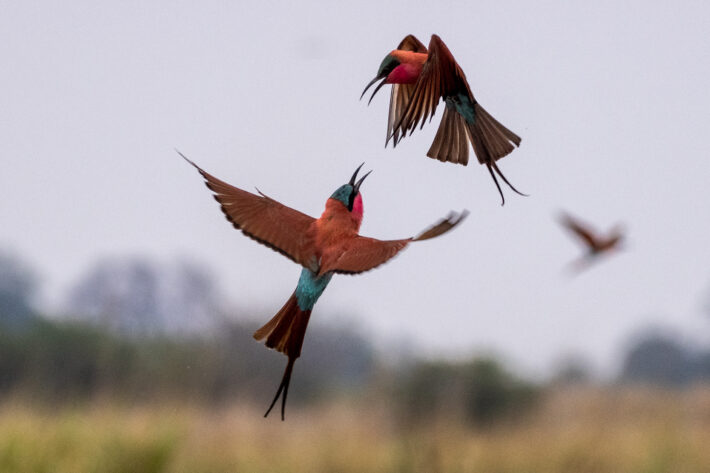
As well has new chicks looking to their parents for food.
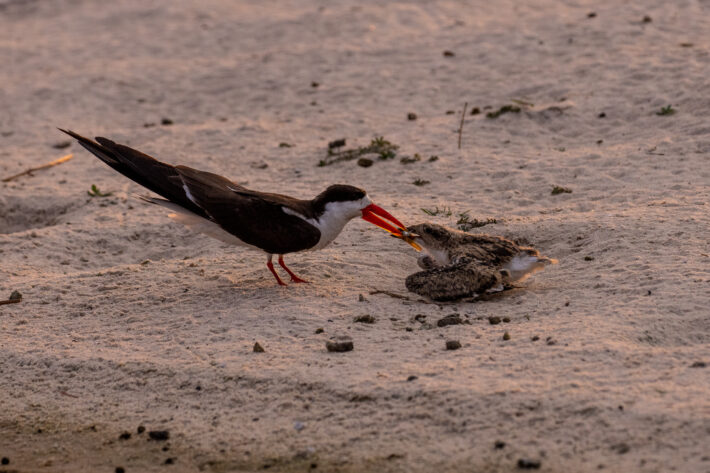
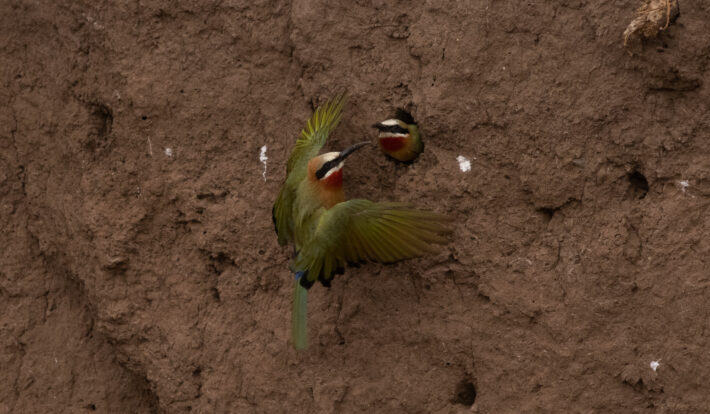 One of the birds on our target list was the kingfisher. Normally this is not a type of bird we go after as it does not met our normal criteria for birds to photograph (big, slow, & colorful) – while they are colorful they are not slow or big (they range from 5 to 18 inches long) . But their unique shape -they are distinguished by their large heads, long, sharp, pointed bills, short legs, and stubby tails makes them appealing. And the fact that they are really hard to get good pictures of. (they are extremely shy and skittish) increases the appeal. On this trip we were lucky enough to get good photographs of at least four different Kingfisher species
One of the birds on our target list was the kingfisher. Normally this is not a type of bird we go after as it does not met our normal criteria for birds to photograph (big, slow, & colorful) – while they are colorful they are not slow or big (they range from 5 to 18 inches long) . But their unique shape -they are distinguished by their large heads, long, sharp, pointed bills, short legs, and stubby tails makes them appealing. And the fact that they are really hard to get good pictures of. (they are extremely shy and skittish) increases the appeal. On this trip we were lucky enough to get good photographs of at least four different Kingfisher species
Malachite Kingfisher (5 inches long) Brown-Hooded kingfisher (8 inches long)
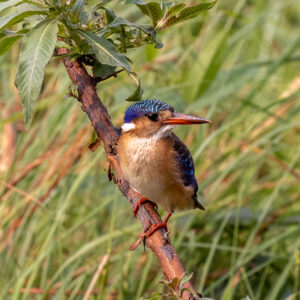
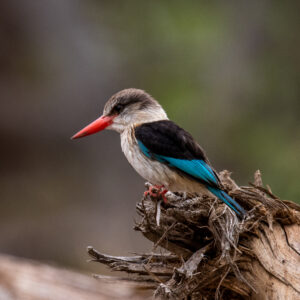
Pied kingfisher (9 inches long). Giant kingfisher (18 inches long)
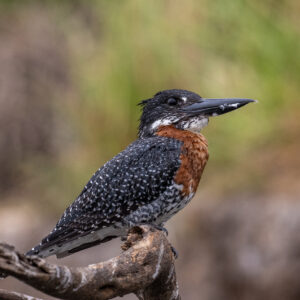
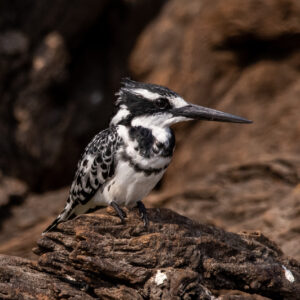
With a trip of over a month and staying a 5 camps, I felt it was too much to put into one report. While each camp had its unique vibe and mix of animals, we saw many animals in multiple camps. So instead of organizing the rest of my report by camp, it is organized by type of wildlife. The links for these reports are below:
Return to Africa https://www.wherearetheynow.today/return-to-africa/
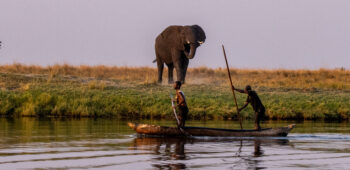
Big Cats https://www.wherearetheynow.today/big-cats/
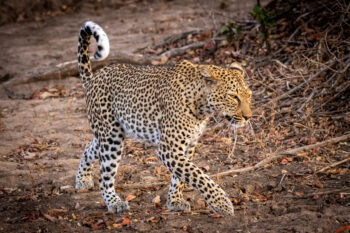
Hippos and elephants https://www.wherearetheynow.today/elephants-hippos/
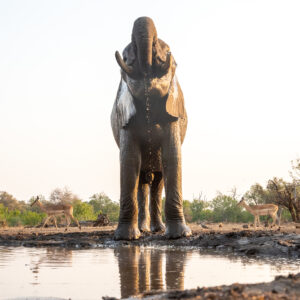
Other wildlife https://www.wherearetheynow.today/more-wildlife/
